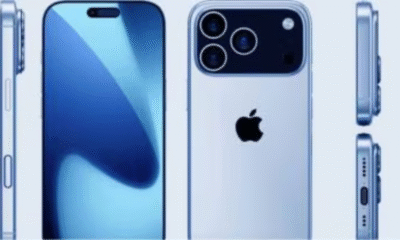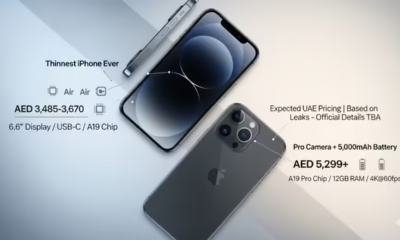Tech
How Tim Cook Went From Alabama Classrooms to Becoming the Boss of Apple
From humble Southern roots to Silicon Valley’s top office, Tim Cook’s education and Apple entry reveal the power of quiet brilliance.

Tim Cook, the soft-spoken executive who now leads the most valuable tech company on Earth, didn’t start out as a Silicon Valley insider. His path to becoming the CEO of Apple Inc. is a testament to the power of education, discipline, and strategic thinking over decades—not overnight success.
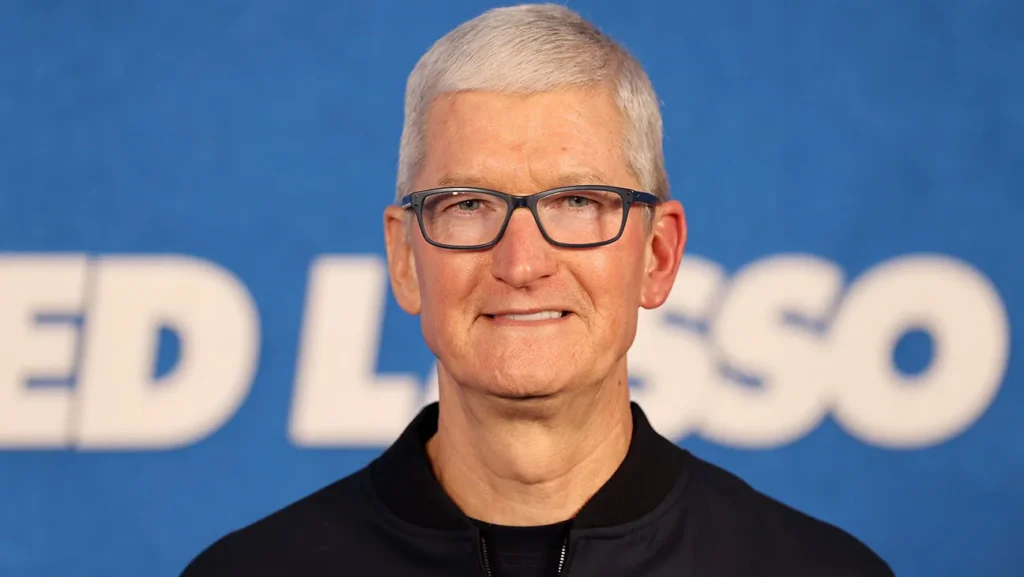
Born in Mobile, Alabama, in 1960, Tim Cook was raised in the small town of Robertsdale. Unlike many of today’s tech CEOs, Cook wasn’t coding computers as a teenager or building startups in college. Instead, he was quietly excelling in school, driven by curiosity and a strong work ethic instilled by his working-class parents—his father was a shipyard worker and his mother worked at a pharmacy.
Cook’s academic journey began at Auburn University, where he earned a Bachelor of Science in Industrial Engineering in 1982. Auburn’s program, known for blending engineering with systems thinking and efficiency modeling, laid the foundation for his future role in managing Apple’s complex global operations. Cook then went on to earn his MBA from Duke University’s Fuqua School of Business in 1988, where he was a Fuqua Scholar, an honor awarded to students who graduate in the top 10% of their class.
So, how did Tim Cook end up at Apple? After stints at IBM, Intelligent Electronics, and Compaq, Cook had already built a reputation as a supply chain wizard. He joined Apple in 1998, a time when the company was on the verge of collapse, still reeling from years of internal mismanagement and falling market share. Many questioned why anyone would leave a stable career for a company that seemed destined to fail.

But Cook saw something others didn’t. In his own words, “Any purely rational consideration” would have led him to stay at Compaq. But “my intuition told me that joining Apple would be a once-in-a-lifetime opportunity to work for a creative genius.” That genius, of course, was Steve Jobs, who had recently returned to Apple.
Cook’s first role was Senior Vice President for Worldwide Operations, and he quickly made an impact. He slashed inventory levels, streamlined supply chains, and moved Apple’s manufacturing to contract facilities, a decision that drastically improved efficiency and cut costs. His quiet but strategic approach earned him more responsibility, eventually becoming Chief Operating Officer in 2005.
When Steve Jobs stepped down due to health issues, Tim Cook officially became CEO in August 2011. Since then, he’s taken Apple to unprecedented heights—guiding it through product launches like the Apple Watch, AirPods, and Vision Pro, and expanding into services, privacy-first platforms, and sustainability.
Today, Cook’s success is not just about leading a company; it’s about how he got there. His engineering discipline, elite business training, and operational mastery are what transformed Apple’s backend into a streamlined empire and helped grow its market value by trillions.
In a world that celebrates flash and charisma, Tim Cook’s story is about patience, preparation, and the power of staying the course.
Tech
Why Disney’s OpenAI Alliance Is a Blueprint for the Future of AI Content Deals
Disney’s $1 billion investment in OpenAI reframes AI not as a threat to IP, but as the next evolution of merchandising, engagement, and brand control

When Disney announced a three-year alliance with OpenAI, including a reported $1 billion investment and licensing its iconic characters for use in AI-generated images and short videos, the deal left many observers puzzled. After all, recent content partnerships between OpenAI and platforms like Reddit have raised uncomfortable questions about whether the money is worth the long-term competitive and brand risks.
But Disney’s deal makes far more sense when viewed through a lens the company understands better than almost anyone: merchandising.
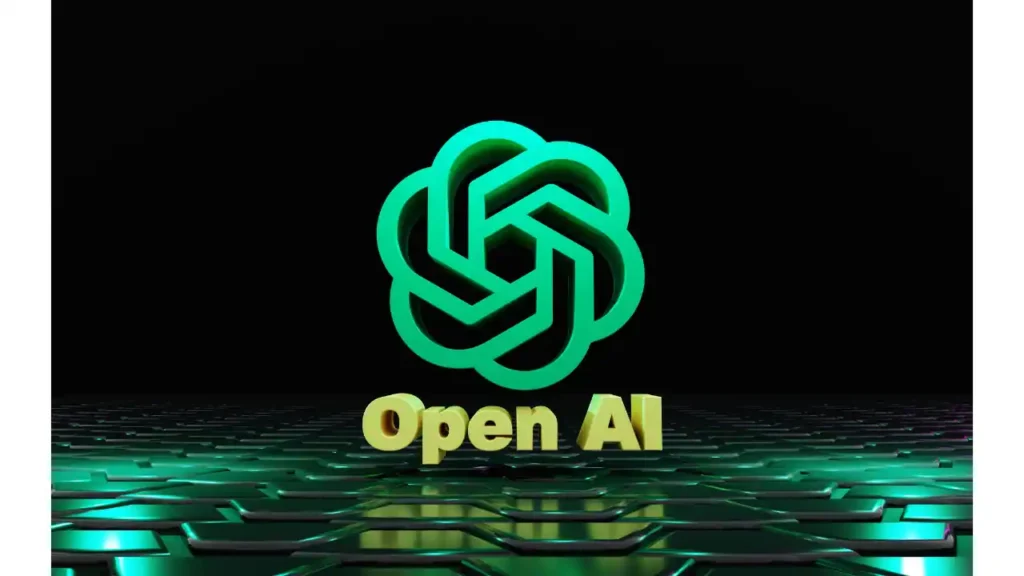
For decades, Disney has mastered the art of turning intellectual property into obsession, engagement, and spending. Toys, backpacks, lunchboxes, theme parks, movies, cruise lines — all are part of a tightly controlled ecosystem designed to keep fans immersed. With OpenAI, Disney isn’t abandoning that playbook. It’s updating it.
Instead of plastic figurines, the new merchandise is synthetic content — AI-generated images and videos created by fans themselves using ChatGPT and Sora, OpenAI’s text-to-video generator. Anyone can now generate Disney-adjacent creative output, but under rules that Disney helps define.
AI as the Next Merchandising Channel
At first glance, allowing fans to generate content featuring Disney characters may appear risky, especially for a company long known as a highly curated, “predator-free” brand sanctuary in an internet dominated by chaotic user-generated content — or what critics increasingly call “AI slop.”
Yet this is precisely why Disney’s approach stands out.
Rather than fighting AI outright, Disney is licensing its characters under controlled conditions, positioning itself inside the technology rather than outside it. In doing so, it gains something arguably more valuable than licensing fees: influence over how its IP is used.
OpenAI has publicly committed to “responsible use” of Disney’s content, reducing the risk of beloved characters being placed in offensive, bizarre, or legally risky scenarios — or interacting with rival corporate IPs in ways Disney cannot control.
At the same time, Disney has made it clear it will aggressively defend its characters elsewhere. The company recently sent a letter to Google demanding it stop using Disney characters in AI-generated content without permission. The message is clear: AI use is allowed — but only on Disney’s terms.
Strategic Upside Beyond Licensing
Beyond brand protection, the OpenAI alliance offers Disney several strategic advantages.
First, by taking an equity stake, Disney is effectively hitching its future to the first major AI mover in consumer-facing generative technology. If OpenAI becomes as foundational as search or social media, Disney isn’t just a customer — it’s a stakeholder.
Second, Disney gains access to OpenAI’s tools, opening new creative and operational possibilities across film, television, marketing, and theme park experiences. In an industry under constant pressure to produce more content faster, AI-assisted workflows could become a competitive necessity.
There is also a discovery angle. If fans create something genuinely magical using Disney IP, the company can surface that work on its streaming platforms or internal creative pipelines. Just as YouTube became a feeder system for Hollywood talent, AI could quietly become a testing ground for future Pixar, Marvel, or animation concepts.
Engagement Over Everything
Critics will argue that Disney is aligning itself with what many still see as the entertainment industry’s newest villain. And history suggests that user-generated ecosystems inevitably produce strange, uncomfortable, or downright bizarre content.
But Disney’s calculus is simple: engagement beats purity.
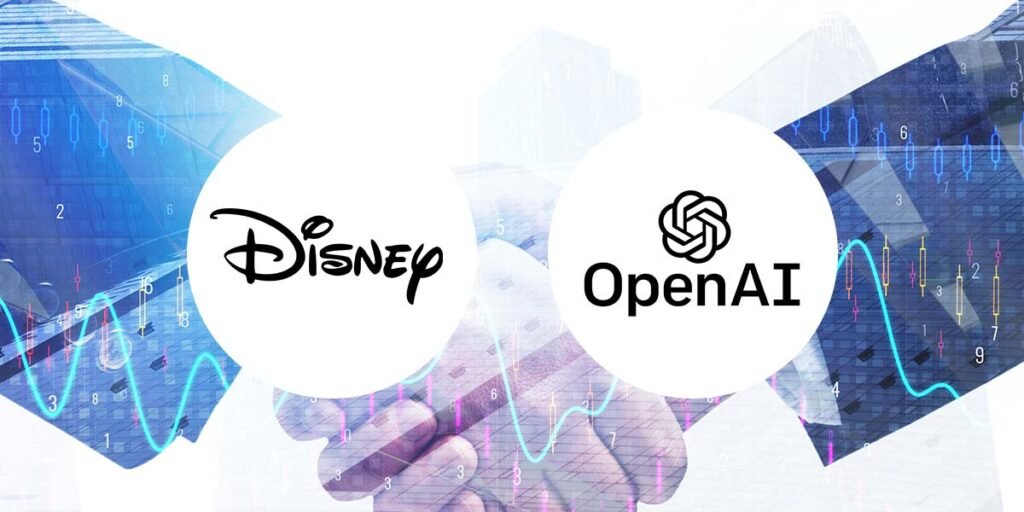
Even if some brand dilution occurs, the upside of keeping millions of users actively interacting with Disney characters — thinking about them, remixing them, and emotionally investing in them — far outweighs the risks. Every AI-generated image or short video becomes another touchpoint in the Disney funnel, nudging users toward movies, merchandise, theme parks, and subscriptions.
As the company has proven time and again, Disney doesn’t need to control every moment — it just needs to own the ecosystem those moments live in.
A Template for Future AI Deals
Ultimately, Disney’s OpenAI alliance may become the template for how major IP holders navigate the AI era. Rather than blocking generative tools outright or selling content libraries cheaply, Disney is treating AI as the next distribution and merchandising layer.
The pipeline that once ran from movies to toys to theme parks now runs through algorithms, prompts, and synthetic media. AI is no longer outside the business. It is part of the machine.
And if Disney’s history is any guide, once the House of Mouse embraces a platform, it rarely lets go.
Tech
After Losing Over $70 Billion, Mark Zuckerberg Finally Admits His Biggest Bet Is “Not Working” – Meta Plans Massive Cuts to Metaverse Budget
Meta’s multibillion-dollar Metaverse dream faces a harsh reset as Zuckerberg prepares to slash Reality Labs spending by 30% and shift focus toward AI superintelligence
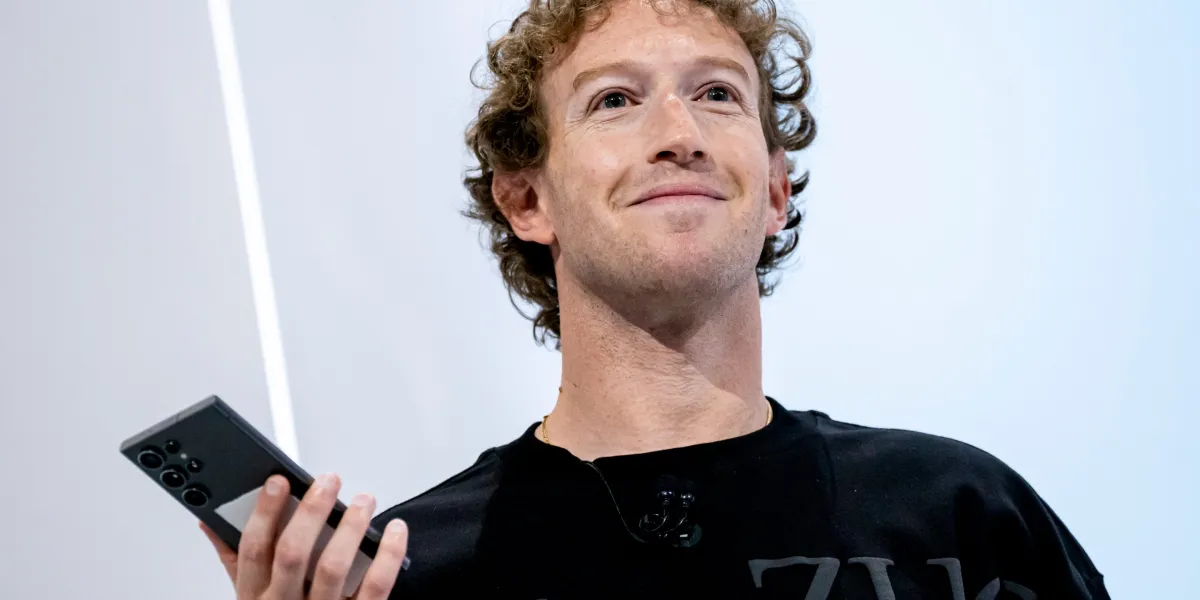
It has taken more than $70 billion in losses, multiple years of market skepticism, slow hardware adoption, and declining enthusiasm from consumers — but Mark Zuckerberg finally seems to be acknowledging what analysts have been predicting for months: Meta’s Metaverse gamble is not working as expected.
A new report from Bloomberg reveals that Meta is preparing to cut Reality Labs’ budget by nearly 30%, marking the most significant shift in strategy since the company rebranded from Facebook to Meta in 2021. These cuts are part of Meta’s 2026 annual budget plans, discussed at a series of executive meetings held last month at Zuckerberg’s Hawaii compound.
The move represents a dramatic retreat from the vision that defined Zuckerberg’s ambitions for the future — a world of interconnected virtual experiences accessed through VR headsets, smart glasses, and immersive environments.
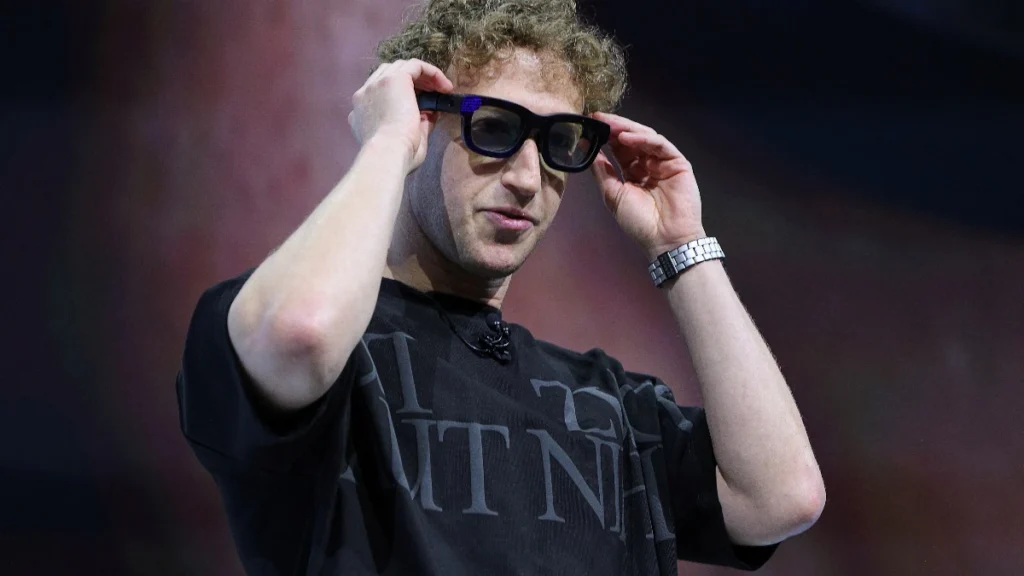
Reality Labs: A Costly Dream That Failed to Take Off
Reality Labs, the division responsible for Meta’s Metaverse ambitions, includes:
- VR hardware such as the Quest headsets
- Ray-Ban smart glasses developed with EssilorLuxottica
- Horizon Worlds, Meta’s VR social platform
- Upcoming AR glasses
Despite years of R&D and aggressive marketing, the Metaverse never reached mainstream adoption. Sales remained modest, interest faded, and Horizon Worlds failed to retain users beyond niche gaming communities.
Industry analysts say the lack of traction is undeniable. The Metaverse that Zuckerberg promised — a bustling, interconnected digital universe — simply hasn’t materialized.
The financial impact has been staggering:
$70+ billion in operating losses across four years, making it one of the most expensive product bets in tech history.
Not surprisingly, Meta’s stock jumped 4% after news of the possible budget cuts, signaling investor relief. As analyst Craig Huber put it:
“Smart move, just late… This is a major shift to align costs with a revenue outlook that never matched management’s expectations.”
With cuts as deep as 30%, layoffs are expected as soon as January, especially within the VR division.
A Company Pivoting Hard Toward AI Superintelligence
Meta’s Metaverse retreat isn’t happening in isolation — it comes at a time when the company is fighting to stay competitive in the global AI arms race.
After its Llama 4 model received a lukewarm response, Meta has ramped up spending and reorganized its AI divisions under the new Superintelligence Labs.
Key highlights of Meta’s AI pivot:
- Up to $72 billion committed in capital spending for AI initiatives this year
- Aggressive hiring across Silicon Valley, with multimillion-dollar offers made directly by Zuckerberg
- Plans to invest $600 billion in U.S. infrastructure and jobs over the next three years, largely for AI data centers
- A renewed push to build the compute infrastructure needed for future superintelligent systems
Zuckerberg openly stated during an earnings call that Meta is “front-loading capacity” to prepare for an AI-driven future.
Even Reality Labs is being reimagined through the AI lens — especially after Zuckerberg hired Alan Dye, a longtime Apple design executive, to lead a new creative studio within the division.
In a post on Threads, Zuckerberg said:
“We’re entering a new era where AI glasses and other devices will change how we connect with technology and each other.”
This statement alone signals how deeply AI will shape Meta’s hardware roadmap beyond the Metaverse.
The Irony: Meta Was Renamed for a Vision That Is Now Shrinking
When Facebook became Meta in October 2021, the reasoning was clear: the company wanted to symbolize its commitment to building the Metaverse.
Three years later, that same division is facing massive cuts.
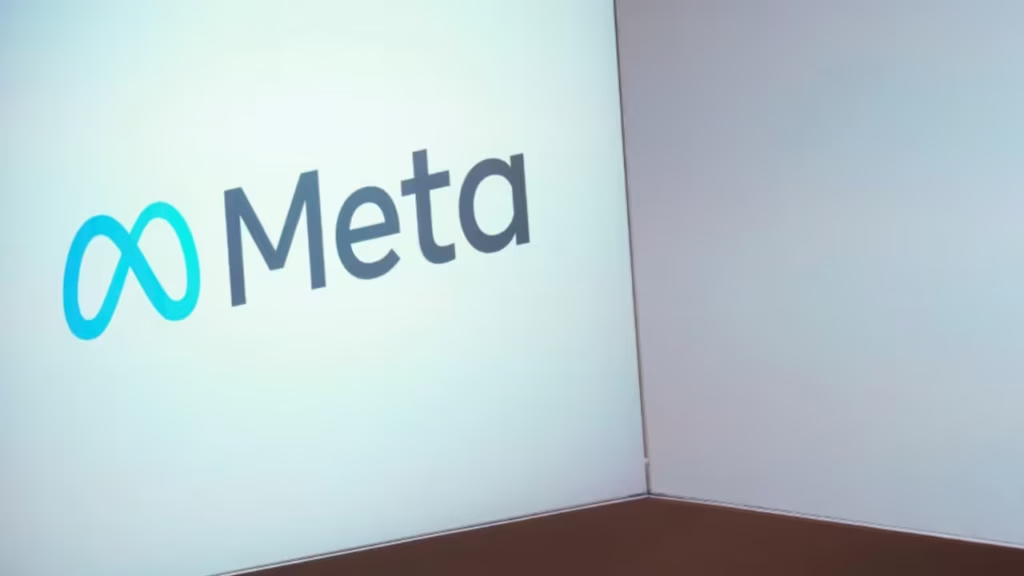
The rebranding — once touted as the gateway to the “next chapter of the internet” — now represents one of the most expensive strategic misfires in tech history.
What Comes Next for Meta?
If the proposed budget cuts go through:
- VR development may significantly slow down
- Horizon Worlds could receive limited investment
- AR glasses may remain in early stages
- Meta will prioritize AI innovation over virtual reality
This shift doesn’t necessarily mean Meta is abandoning the Metaverse entirely — but it is no longer the company’s primary bet.
Zuckerberg’s new focus is clear:
AI superintelligence, compute hardware, and next-generation devices powered by AI.
And while the Metaverse may have faded from the spotlight, Meta’s aggressive push into AI signals a new chapter — one where Zuckerberg hopes the investment will pay off sooner rather than later.
Tech
Discord Checkpoint: How to Access the New Spotify-Style Recap Feature — Step-by-Step Guide
Discord’s 2025 activity recap, Checkpoint, is now live. Here’s how to find your personalized Wrapped-style summary on mobile and desktop.

Just like Spotify Wrapped and Apple Music Replay, Discord has now introduced its own year-end recap feature called Checkpoint—a personalized activity summary highlighting how you used the platform throughout 2025.
The feature officially rolled out on December 4, 2025, and many users have already begun sharing their Wrapped-style stats online.
If you haven’t checked your Discord Checkpoint yet, here’s a complete step-by-step guide on how to view it on mobile and desktop.
How to Check Discord Checkpoint (Mobile App)
Before you begin, ensure that your Discord app has been updated to the latest version.
Step 1: Update your Discord mobile app
Visit the App Store or Google Play Store and download the latest update.
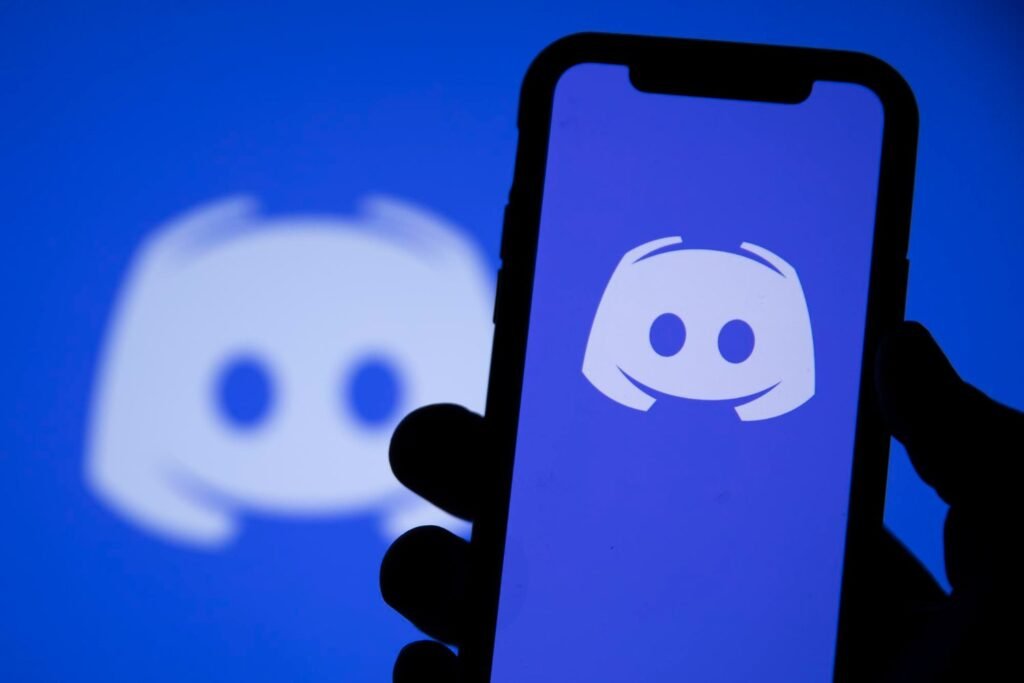
Step 2: Open the app and tap your profile picture
Your profile icon is located at the bottom-right corner of the screen.
Step 3: Look for the Checkpoint tab
After tapping the profile icon, a new Checkpoint banner or tab should appear below your account details.
Step 4: Tap to view your recap
Your personalized Discord Checkpoint compilation will begin immediately—showing your activity highlights from 2025.
How to Check Discord Checkpoint (Desktop or Browser)
The recap is also accessible on both the Discord desktop app and the web version.
Step 1: Open Discord on PC
You can use the desktop app or simply log in via a browser.
Step 2: Look for the flag icon
On the top right corner of the window, you’ll see a small flag icon—this is the Checkpoint trigger.
Step 3: Click the icon
Once clicked, Discord will begin generating your Checkpoint recap automatically.
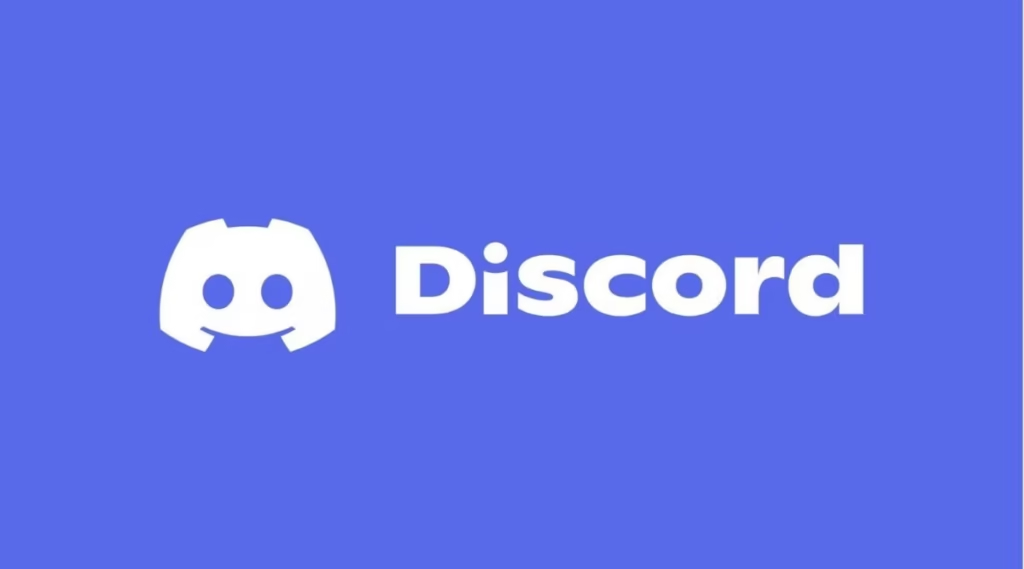
Why Isn’t My Discord Checkpoint Showing?
If you don’t see the feature yet, there are a few reasons why:
1. The rollout is gradual
Discord’s Checkpoint is not yet available to all users. Some accounts may receive access in the coming days.
2. Your app might need an update
On mobile, the feature is only available on the latest version of Discord.
3. Not enough user activity
If you haven’t used Discord enough throughout the year, the system may not have sufficient data to create a recap.
-

 US News7 days ago
US News7 days ago“She Never Made It Out…” Albany House Fire Claims Woman’s Life as Family Pleads for Help to Bring Her Home
-

 Entertainment6 days ago
Entertainment6 days agoXG Star Cocona Shares a Brave Truth at 20 — “I Was Born Female, But That Label Never Represented Who I Truly Am…”
-

 Entertainment6 days ago
Entertainment6 days agoSamba Schutte Reveals the Surprise Cameo in Pluribus That “Nobody Saw Coming”… and Why John Cena Was Perfect for the Role
-

 Entertainment1 week ago
Entertainment1 week agoNika & Madison stuns global audiences as director Eva Thomas reveals why “resilience, not fear, drives Indigenous women on the run”
-

 Tech1 week ago
Tech1 week agoAfter Losing Over $70 Billion, Mark Zuckerberg Finally Admits His Biggest Bet Is “Not Working” – Meta Plans Massive Cuts to Metaverse Budget
-

 Sports5 days ago
Sports5 days agoDodgers Stun MLB With Blockbuster Move, Sign Elite Closer Edwin Díaz to Three-Year, $69 Million Deal
-

 Entertainment4 days ago
Entertainment4 days agoTeyana Taylor wakes up to a Golden Globe call at 5 a.m.… ‘Am I dreaming right now?’ — and why she’s already begging Paul Thomas Anderson for more
-

 Politics5 days ago
Politics5 days ago“Billions and Billions Have Watched Them…” Trump Makes History Hosting Kennedy Center Honors and Praising Stallone, Kiss, and More


